'Radical Software' highlights the work of early women computer artists
by Manu SharmaNov 03, 2024
•make your fridays matter with a well-read weekend
by Manu SharmaPublished on : Jan 02, 2025
The Museum of Contemporary Art (MCA), Chicago, is currently presenting The Living End: Painting and Other Technologies, 1970 –2020. The show is an intergenerational group exhibition featuring over 60 artists who challenge the oft-cited but vague claim that painting is dead and takes the position that it is a continuously evolving technology, much like any other. The show is on from November 29, 2024 – March 16, 2025, and highlights the many ways in which artists working over the last fifty years have articulated painting through other mediums by creating a dialogue between the act of painting as it is understood in the traditional sense, and movement or moving image for example. Particularly, the exhibition examines the effects digital technology has had on the everlasting medium and the questions raised around its use. The Living End is organised by Jamillah James, Manilow Senior Curator, MCA Chicago, with Jack Schneider, assistant curator. James joins STIR for an interview that explores some of the articulations of painting that technology has enabled artists to make.
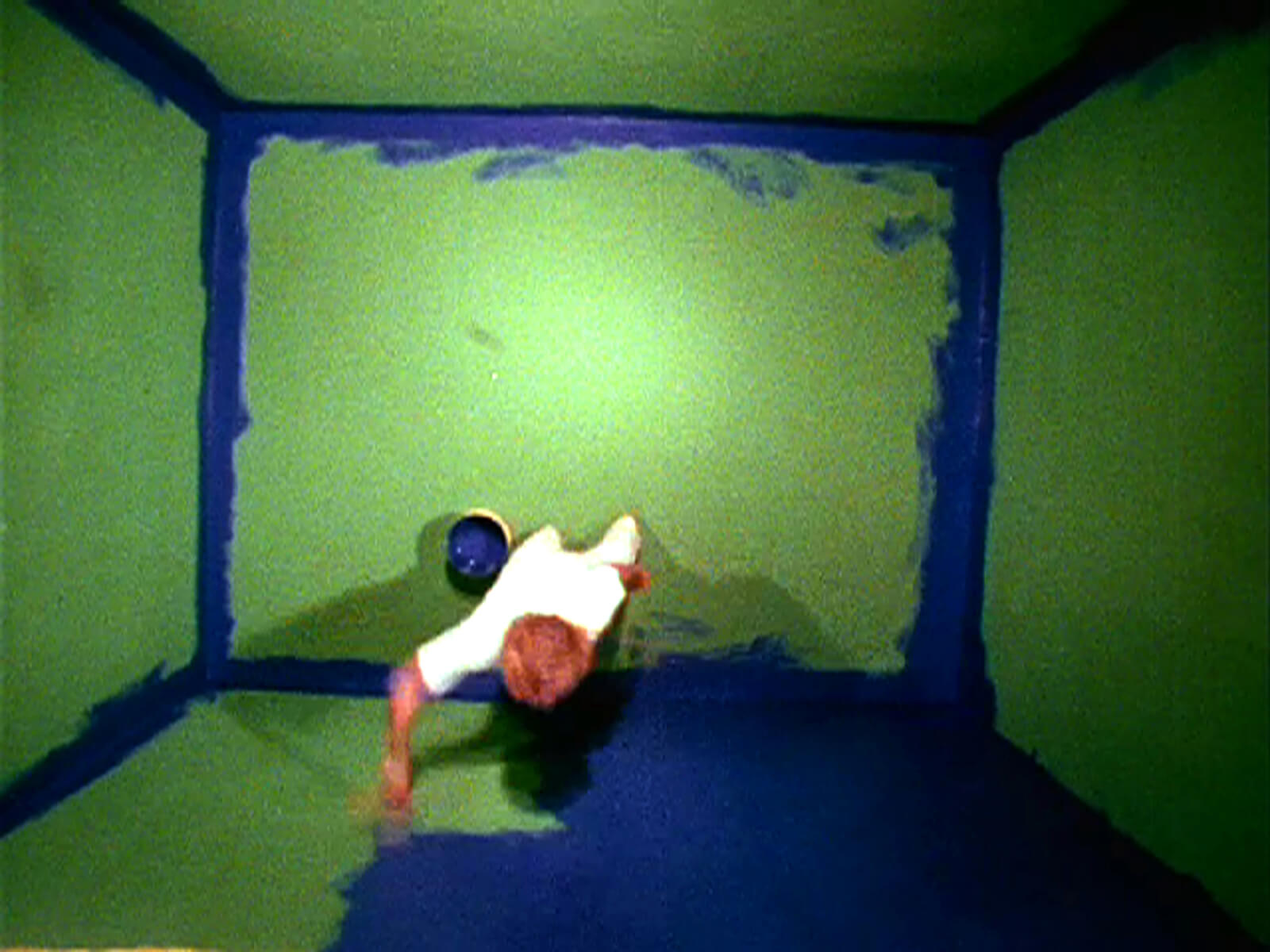
The Living End’s roster of artists includes historically important names such as American pop artist Andy Warhol (1928 – 1987), as well as contemporary artists who are gaining acclaim, like Iranian-American mixed media artist Tala Madani.
The show hopes to demonstrate that no, paintings are not made in a vacuum, and artists do not work in a vacuum immune to outside influence, context, or the histories or legacies they've inherited by choosing to work in a particular medium.
– Jamillah James, Manilow Senior Curator, MCA Chicago
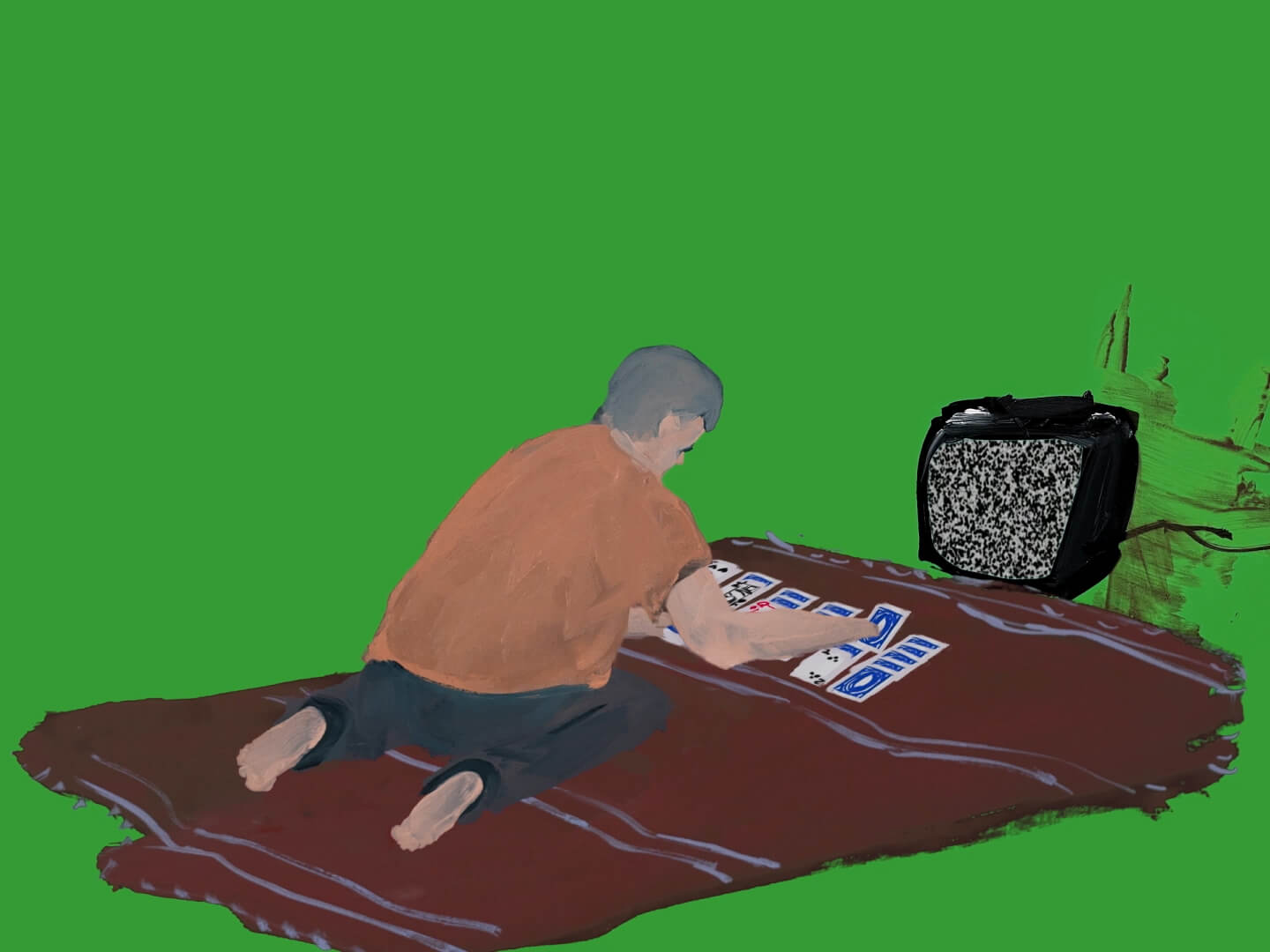
Madani has gained international recognition for her bawdy paintings and animation works. Her art usually features bald, middle-aged men engaging with their bodily fluids, much like overgrown infants. James describes the artist’s articulation of painting in her animation works as an extension of the craft and a critique of its limitations. James says, “Through her animations, which are a series of paintings, she is giving a longer life to the figures that appear in her static paintings. Animations are several frames and time-based as opposed to the single frame of a traditional painting which is preserved in time as a singular gesture.” Madani was also present at a roundtable of participating artists that was held by curator Jamillah James on November 10, 2024, and engaged in a free-wheeling conversation around the topics touched on by the show. The discussion also included American artist Tishan Hsu, who is represented at the exhibition as well.
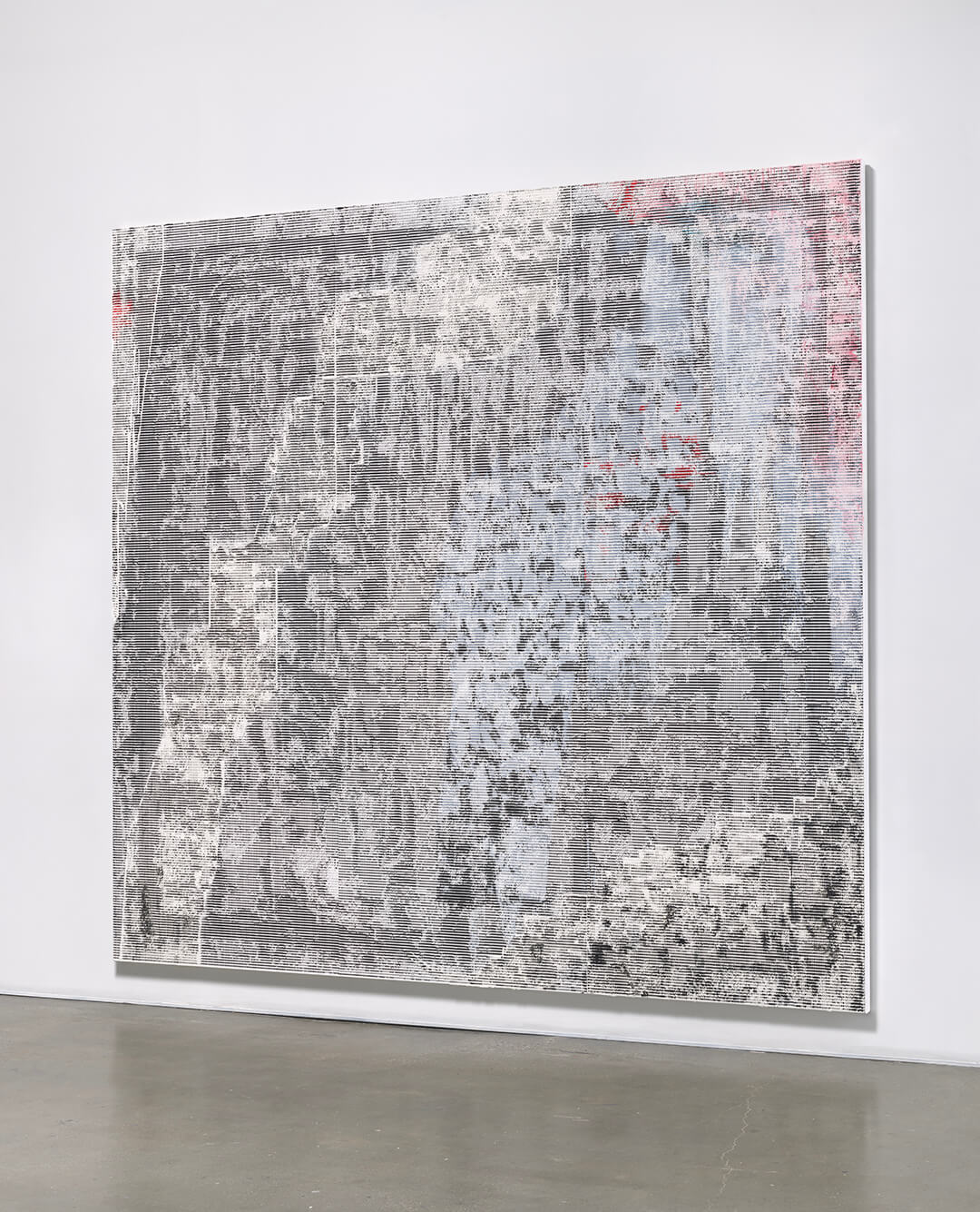
American artist Avery Singer’s work presents a very different articulation of painting. Take Studio Visit (2012): Singer creates her characters through the 3D-modelling software SketchUp before translating them to canvas through airbrushing. While Madani's video art is an example of painting entering the digital medium, Singer, contrastingly, uses digital tools to assist in the creation of static images, which are traditionally associated with painting.
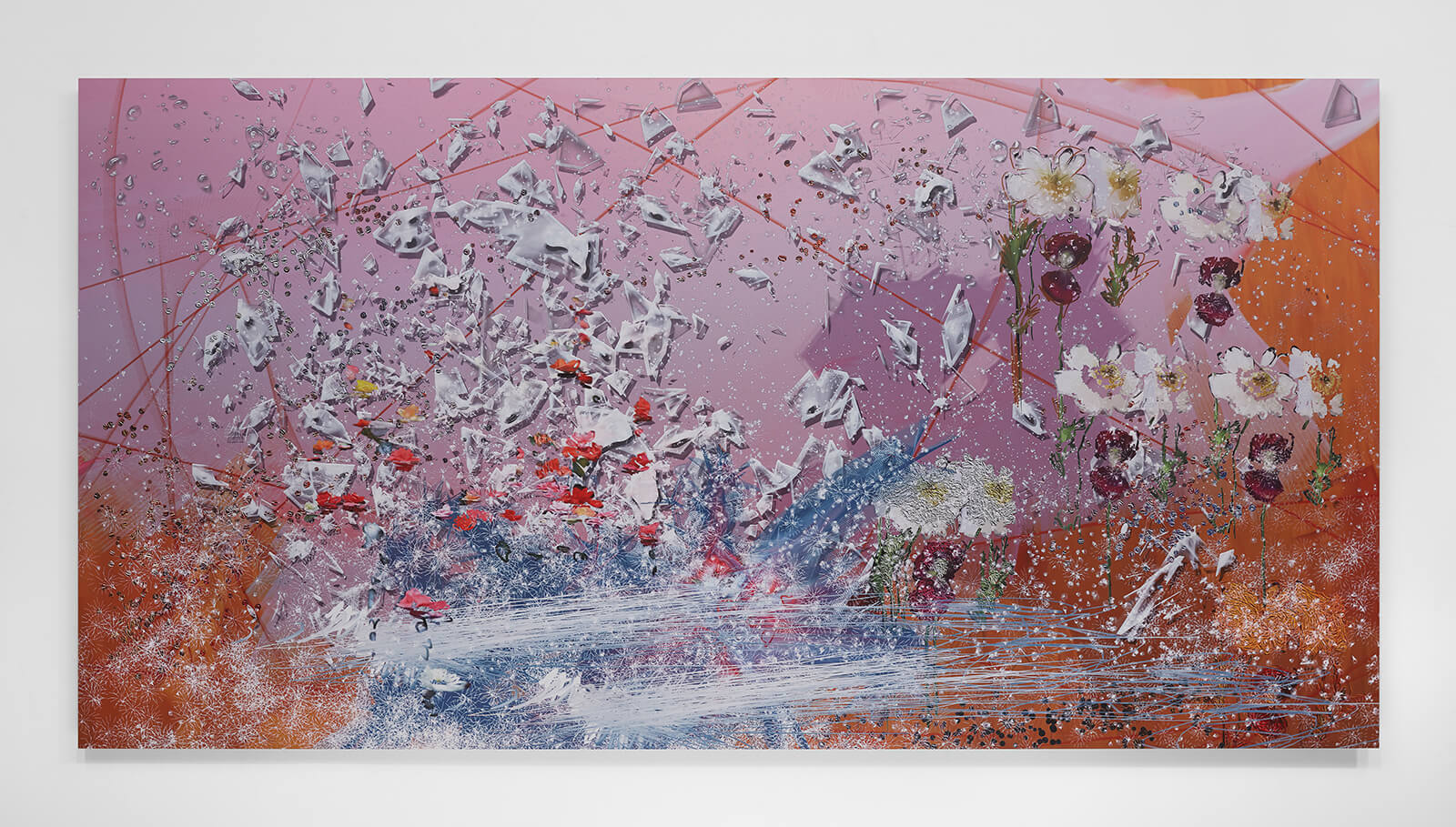
James hopes that the practices represented in the show will prompt audiences to question tropes that have surrounded painting for centuries. In her words, “The ’singular genius’ is related to how the public conceives of painters, or at least the storied names in the history of painting, as geniuses toiling away in solitude in their studio, making masterpiece after masterpiece. The show hopes to demonstrate that no, paintings are not made in a vacuum, and artists do not work in a vacuum immune to outside influence, context or the histories or legacies they've inherited by choosing to work in a particular medium.”
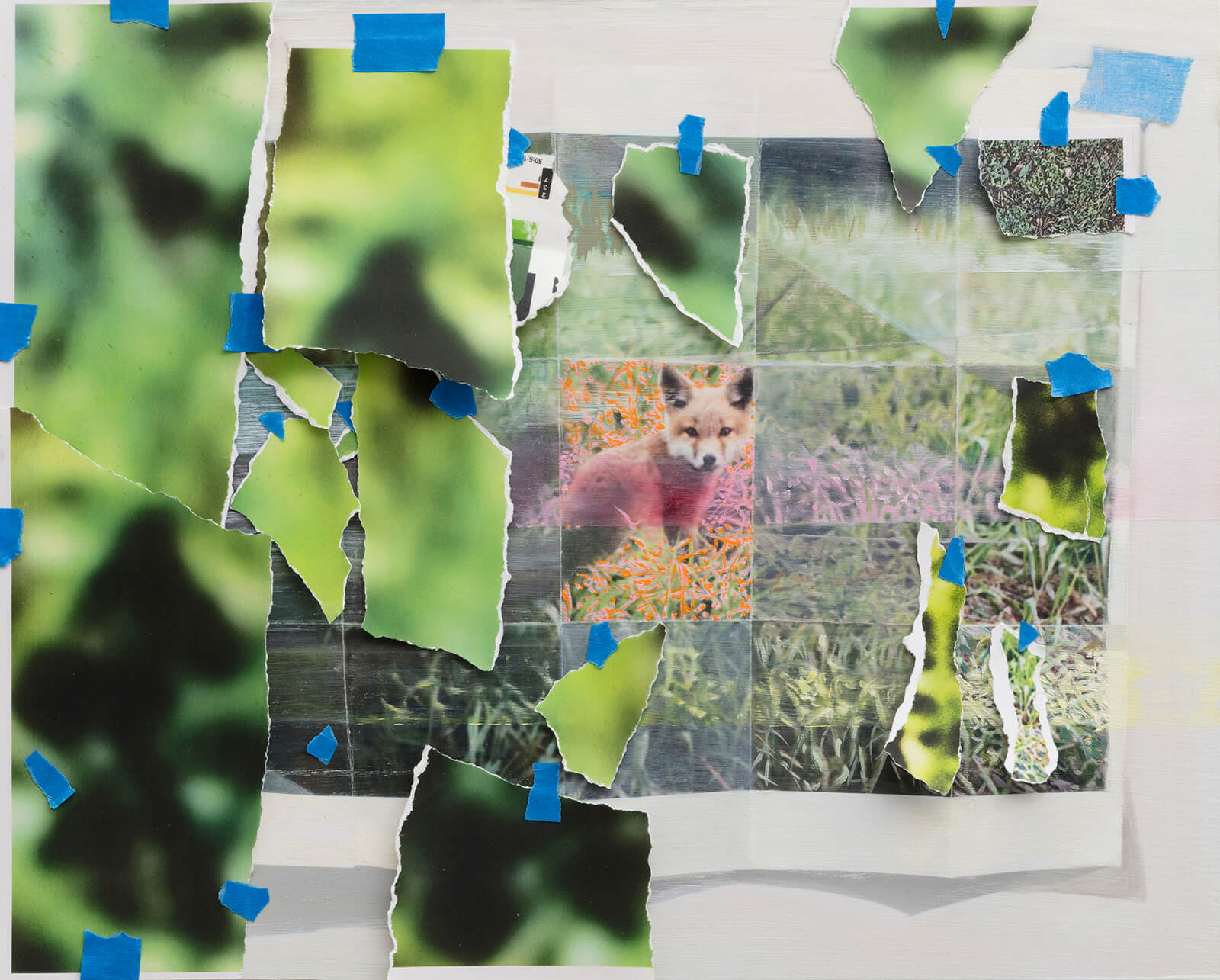
In the case of The Living End, the influences that the curator is trying to articulate are the many tools of image-making in the show. She notes that a painter representing an object with a brush and paints is equivalent to a performance artist using their bodies to paint, for example. One may extend her thoughts to the video, digital art and mixed media practices represented at the show as well. Ultimately, as James puts it, it is the act of using an instrument, even the human body, to make an image or a mark that matters.
‘The Living End: Painting and Other Technologies, 1970–2020’ is on view at the MCA Chicago from November 29, 2024 - March 16, 2025.
by Mrinmayee Bhoot Oct 06, 2025
An exhibition at the Museum of Contemporary Art delves into the clandestine spaces for queer expression around the city of Chicago, revealing the joyful and disruptive nature of occupation.
by Ranjana Dave Oct 03, 2025
Bridging a museum collection and contemporary works, curators Sam Bardaouil and Till Fellrath treat ‘yearning’ as a continuum in their plans for the 2025 Taipei Biennial.
by Srishti Ojha Sep 30, 2025
Fundación La Nave Salinas in Ibiza celebrates its 10th anniversary with an exhibition of newly commissioned contemporary still-life paintings by American artist, Pedro Pedro.
by Deeksha Nath Sep 29, 2025
An exhibition at the Barbican Centre places the 20th century Swiss sculptor in dialogue with the British-Palestinian artist, exploring how displacement, surveillance and violence shape bodies and spaces.
 surprise me!
surprise me!
make your fridays matter
SUBSCRIBEEnter your details to sign in
Don’t have an account?
Sign upOr you can sign in with
a single account for all
STIR platforms
All your bookmarks will be available across all your devices.
Stay STIRred
Already have an account?
Sign inOr you can sign up with
Tap on things that interests you.
Select the Conversation Category you would like to watch
Please enter your details and click submit.
Enter the 6-digit code sent at
Verification link sent to check your inbox or spam folder to complete sign up process



by Manu Sharma | Published on : Jan 02, 2025
What do you think?